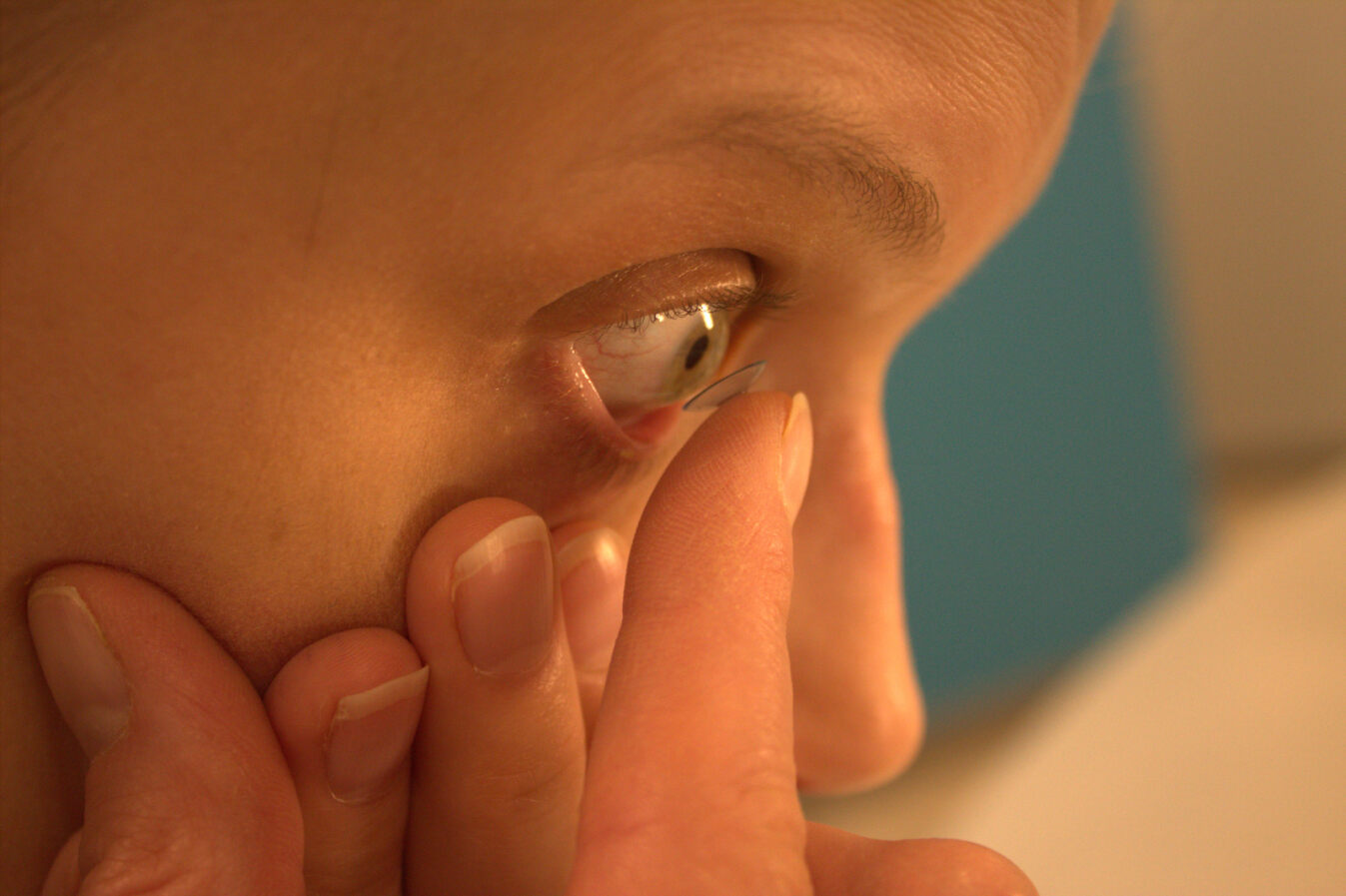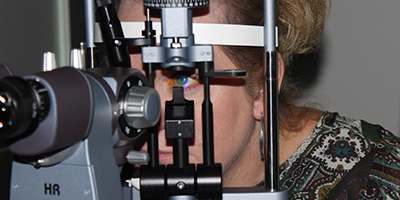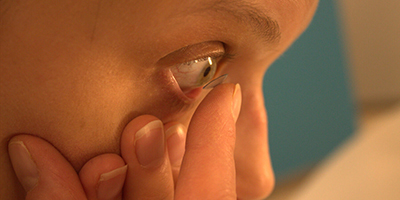
Getting Started with Ortho-K
- Find an Orthokeratology Laboratory/Manufacturer Partner
When establishing a vendor relationship with a orthokeratology manufacturer, there are several important factors to consider. Here are some key aspects to look for:
Quality and Compliance: Ensure that the manufacturer adheres to stringent quality standards and has obtained the necessary certifications and regulatory approvals. Look for compliance with relevant industry standards, such as, FDA clearance (if applicable), and adherence to good manufacturing practices (GMP) and ISO 13485 for medical devices.
Product Range and Customization: Assess the manufacturer's product portfolio to ensure it aligns with your needs. Consider factors such as the range of lens types, available materials, and options for customization.
R&D and Innovation: Look for a manufacturer that prioritizes innovation and can offer you access to new lens designs, materials, or technologies that could benefit your patients.
Support and Training: Evaluate the level of support the manufacturer offers, such as technical assistance, training programs, and educational materials. A manufacturer that provides comprehensive support can help you address any challenges that arise and keep your staff well-informed about the product.
Long-Term Partnership Potential: Consider the potential for a long-term partnership with the manufacturer. Look for signs of their willingness to collaborate, adapt to your evolving needs, and develop a mutually beneficial relationship. A strong partnership can lead to improved cooperation, product development, and shared success.
By carefully evaluating these factors, you can establish a vendor relationship with a contact lens manufacturer that meets your quality requirements, supports your business goals, and ensures customer satisfaction. - Get Certified
Certification requirements for ordering orthokeratology lenses from a US manufacturer are in place to ensure patient safety and proper fitting of these specialized lenses. Given the unique nature of orthokeratology lenses and their potential impact on eye health, certification is typically required for practitioners who wish to order and fit these lenses. Here are some reasons why certification is necessary:
Expertise and Training: Orthokeratology lenses require specific expertise and knowledge to fit them properly. Certification programs provide comprehensive training on the fitting process, lens selection, corneal topography interpretation, patient evaluation, and follow-up care. This ensures that practitioners have the necessary skills and knowledge to safely prescribe and fit orthokeratology lenses.
Patient Safety: Orthokeratology lenses have a direct impact on the shape and health of the cornea. Incorrect fitting or improper use of these lenses can lead to corneal complications, such as infections, corneal abrasions, or corneal ulcers. By requiring certification, manufacturers help ensure that only trained professionals with the necessary expertise are ordering and fitting these lenses, reducing the risk of complications and promoting patient safety.
Optimal Vision Correction: Properly fitted orthokeratology lenses can effectively correct myopic refractive errors. Certification programs provide practitioners with the knowledge and skills to assess patients' vision needs, perform corneal measurements, and select the appropriate lens parameters to achieve optimal visual correction.
Regulatory Compliance: In the US, the FDA has recommended that all ECP’s get certified prior to fitting and ordering Ortho-k lenses. Link here for the ABB Optical Group’s certification process.
https://info.abboptical.com/abb-specialty-vision-products-euclidmax
https://info.abboptical.com/abb-specialty-vision-products-euclidmax#form - Educate Yourself
Ensure you have a solid understanding of orthokeratology and its benefits. Familiarize yourself with the latest research, technological advancements, and best practices in fitting and managing orthokeratology lenses. Stay up to date with industry publications, attend conferences, and seek out continuing education opportunities. Virtual Education & Private Instruction - Provide Patient Education
Spend time educating your patients about orthokeratology. Explain how the lenses work, the expected outcomes, potential risks, and the importance of proper lens care and follow-up visits. Address any questions or concerns they may have, ensuring they have realistic expectations. Virtual Education & Private Instruction - Obtain the Necessary Diagnostic Equipment to Perform Corneal Topography and Measurements
Spend time educating your patients about orthokeratology. Explain how the lenses work, the expected outcomes, potential risks, and the importance of proper lens care and follow-up visits. Address any questions or concerns they may have, ensuring they have realistic expectations. - Choose Lens Design and Fitting Method that Fits Your Practice
Empirical fitting is often chosen as the fitting method for those just getting started with Ortho-K or for those who want a simple, fast method to determine the initial lens. Provide the lab with K’s, spectacle Rx and HVID – that’s all is takes. Other options are to trial fit or use a topography-based system. - Prepare Staff for Patient Training
Staff need to become experts in providing detailed instructions on lens application, removal, and care. Virtual Education & Private Instruction - Ongoing Monitoring and Management
Schedule follow-up visits to monitor progress, evaluate lens fit, and assess visual acuity. Regularly monitor your patients' progress and ocular health through follow-up appointments. - Collaborate with Colleagues
Consider collaborating with other eye care professionals experienced in orthokeratology to exchange knowledge, share insights, and seek advice when necessary. Building a network of professionals with orthokeratology expertise can enhance your understanding and improve patient care. - Stay Informed
Keep yourself updated on the latest research, technological advancements, and regulatory changes related to orthokeratology. Attend conferences, workshops, and webinars to expand your knowledge and refine your skills. - Marketing and Communication
Promote your orthokeratology services through your clinic's website, social media channels, and marketing materials. Highlight the benefits of this treatment option, share success stories, and offer educational resources to attract potential patients.



